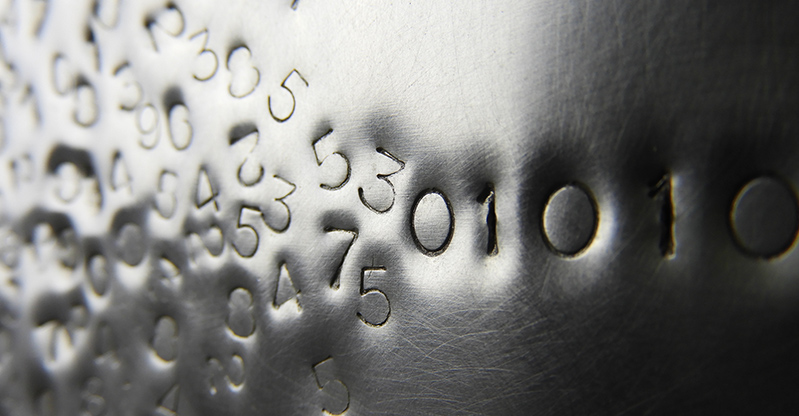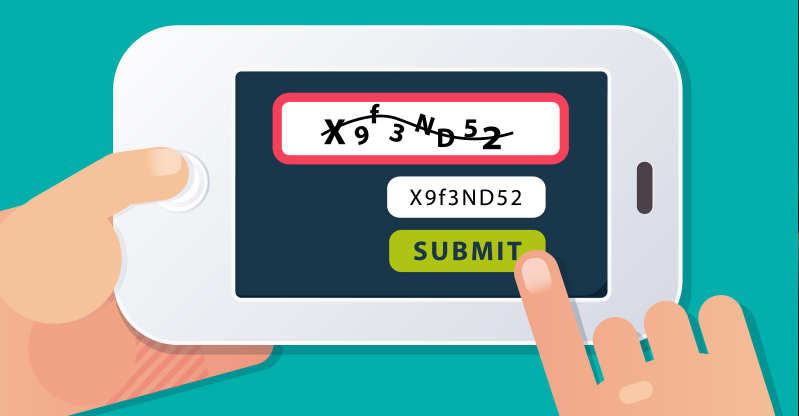In 1939, the second World War had just broken out. The Germans were using a machine called the Enigma machine to encrypt messages. After the Polish forces cracked the Enigma code, the Germans started changing their codes daily — making it impossible for the Polish to continue deciphering them. As soon as the Allied cryptanalysts started working on a cipher, it would change. The Allies no longer knew where the Germans would strike, or how.
Into this situation came a young British mathematician named Alan Turing.
Who was Alan Turing?
When Turing arrived at Bletchley Park, the British code-breaking headquarters, he was already a successful mathematician. While he was in college, he wrote a paper proving that what he called a “universal computing machine” could be capable of performing any mathematical computation using algorithms.
Turing’s “universal machines” weren’t actual machines at that point, but machines that existed only in theory, which became known as Turing Machines. Later Turing expanded on them when he was earning his Ph.D. in the United States, introducing the concepts of ordinal logic and relative computing.
All three of these things: algorithms, ordinal logic, and relative computing formed the basis for the modern computer.
How did Turing help the codebreakers?
When Turing got to Bletchley Park, he needed to help the rest of the code breakers understand the constantly changing codes of the Germans. He invented a machine called the Bombe, which improved on the work of the Polish codebreakers. The Bombe used a chain of logical dedication to guess which ciphers the Germans were using on any given day.
The first Bombe was installed in 1940; by the end of the war there were more than 200.
Turing didn’t stop at the Bombe; he also worked to crack the German’s naval codes, which were more complicated than their other ciphers, and created a technique to break codes devised by a more complex German code writing machine, introduced later in the war.
By 1942, Bletchley Park was decoding about 39,000 intercepted messages each month. Historians theorize that the military intelligence from these messages likely ended the war much earlier than it would have ended otherwise.

How did Turing contribute to modern computing?
After the war, Turing continued the work that would lead to the computer, presenting a paper with a design for the first programmed computer and creating the Turing Test, which was some of the first theoretical work done on artificial intelligence.
According to Turing’s test, a machine is intelligent if a human being can’t tell the difference between a computer and a human being in a conversation. This test is still used today. If you’ve ever had to use CAPTCHA to log into an app and prove you’re not a computer, you’ve taken Turing’s Test.
Turing was, at heart, a coder. He wrote programs for computers before the physical machines that could run those programs existed. One program, written in code in a book, played chess. A human had to play for the computer, flipping through the book to make the moves dictated by Turing’s algorithms.
In so many ways, Turing was the father of the modern computer.

Innovations start with coding
Turing might have lived many years ago, but his work in the 1930s and 1940s created the world that we live in today. No one (not even Turing) could have expected a world full of computers and intelligent machines at the time. Their focus was on cracking the German codes, in World War II.
But it all started with coding! What might your child accomplish that we can’t even imagine, if they have the ability to code their own apps and games? What might that ability lead to in the future?
At Tekkie Uni, our instructors encourage kids to make every project their own, while teaching valuable skills that will let them build their own real app. Enroll your child in our live online coding classes today and give them the tools to change our world.
Sign up for two free classes today.




